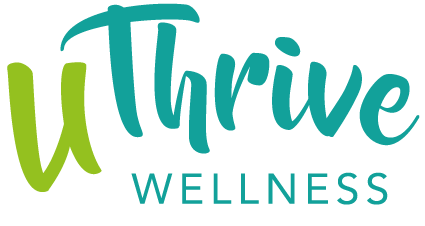Yoga
For your body & mind
Yoga
For your body & mind
Do you listen to your body?
When our head is full of chaos, we feel the pain in our body. When we ease our body, we create calm in our mind.
Wellness is about your whole being: Self-care is about all of you
Allow yourself space to meditate, breathe, focus
Spending time listening to your body and learning to understand your movement can create a positive impact on your emotions and mental health.Yoga can help you gain confidence in your body, to trust your movement.
Allow yourself space to move, feel, be grounded
If you’re new to yoga, you may have some questions – let me tell you what to expect
The Beginner’s class consists of a series of postures (asanas), breathing practices, deep relaxation and meditation, all of which have great physical, mental and spiritual benefits, when done regularly.
How is Integral Yoga and exercise different?
The Approach: Yoga is non-competitive. The goal isn’t only the final form, but also the process to get you there.
The Goal: While the physical benefits of yoga are many, yoga is a means to an end. Peace, wisdom and a deeper understanding of oneself.
The Mind State: Keeping the mind always present to what is happening while holding the pose. Within all the levels of our being physical, mental, emotional and spiritual, this attitude ensures it is done gently and without pain or strain.
The Breath: This breath is an essential element of the exercise. In yoga, besides using different breathing techniques, we develop “breath awareness”.
An Integral Yoga class consists of:
- Centering and Chanting – which helps to draw your awareness within, and creates a peaceful feeling in the room
- Warm-ups & Sun Salutation – to prepare the body for the coming postures
- Standing or optional poses – to develop concentration, calm nerves, and strengthen the core and spine
- Backward bending poses – increase mobility, improve posture, and can help to alleviate some kinds of back and neck pain
- Forward bending poses – create length and space in the spine, counteracting compression
- Inverted poses – reverse the pull of gravity on the body, and bring blood to the brain
- Twisting poses – restore the spine’s natural range of motion, cleanse organs, and stimulate circulation
- Deep relaxation – known as Yoga Nidra, is the tensing and releasing of muscles while using visualizations
- Breathing practices – help to calm and control the mind in preparation for meditation
- Meditation – an introduction to basic meditation techniques, this focuses the mindand relieves stress and anxiety
You don’t need to be flexible, or even fit, to begin a Yoga practice. You will benefit from the poses even if you can’t do them fully at first, as long as the movement is done without strain.
I suggest you wear loose, comfortable clothes and avoid eating a heavy meal for at least 2 hours before class. If you have any health problems, please let me know before coming along.
